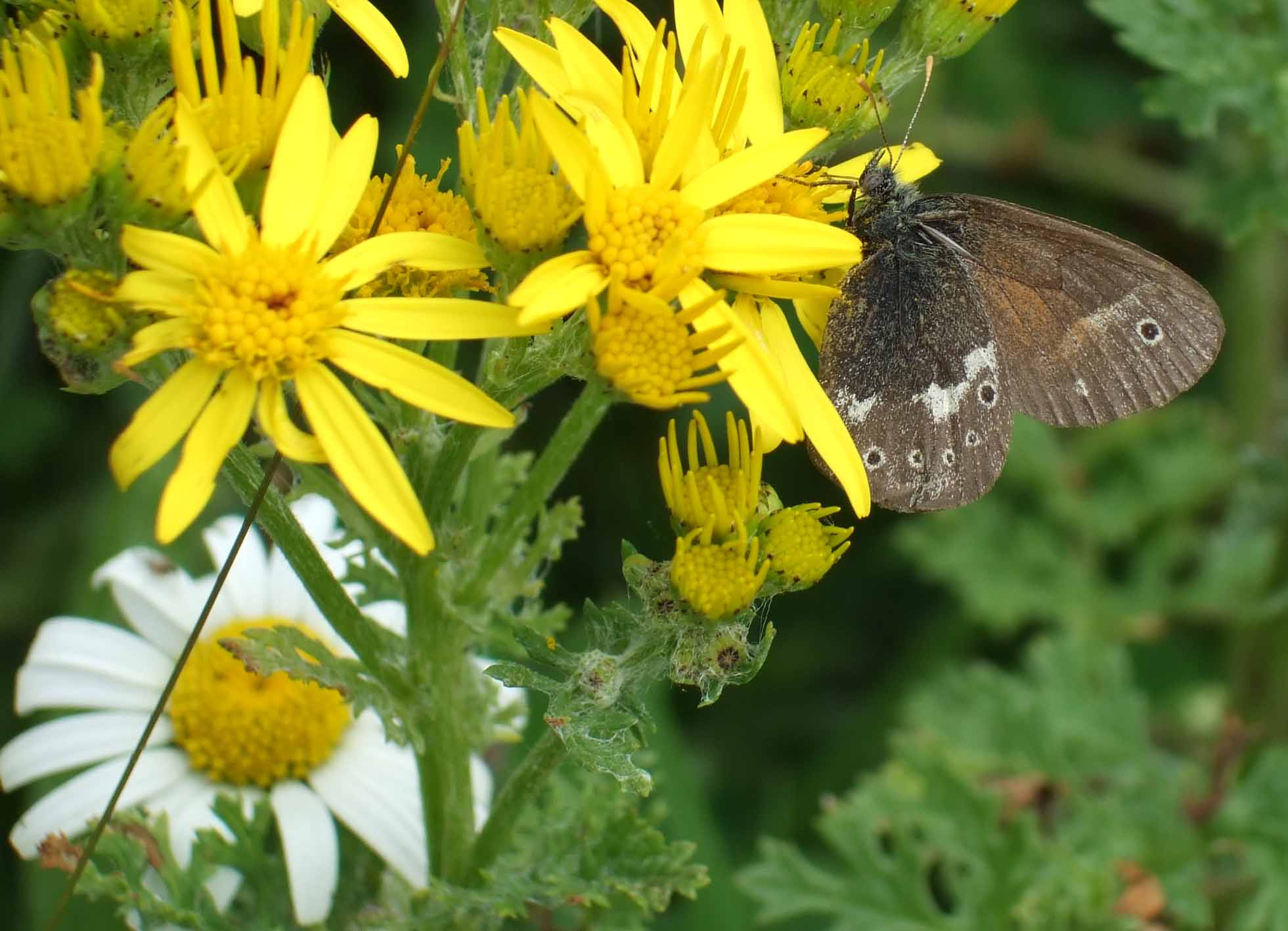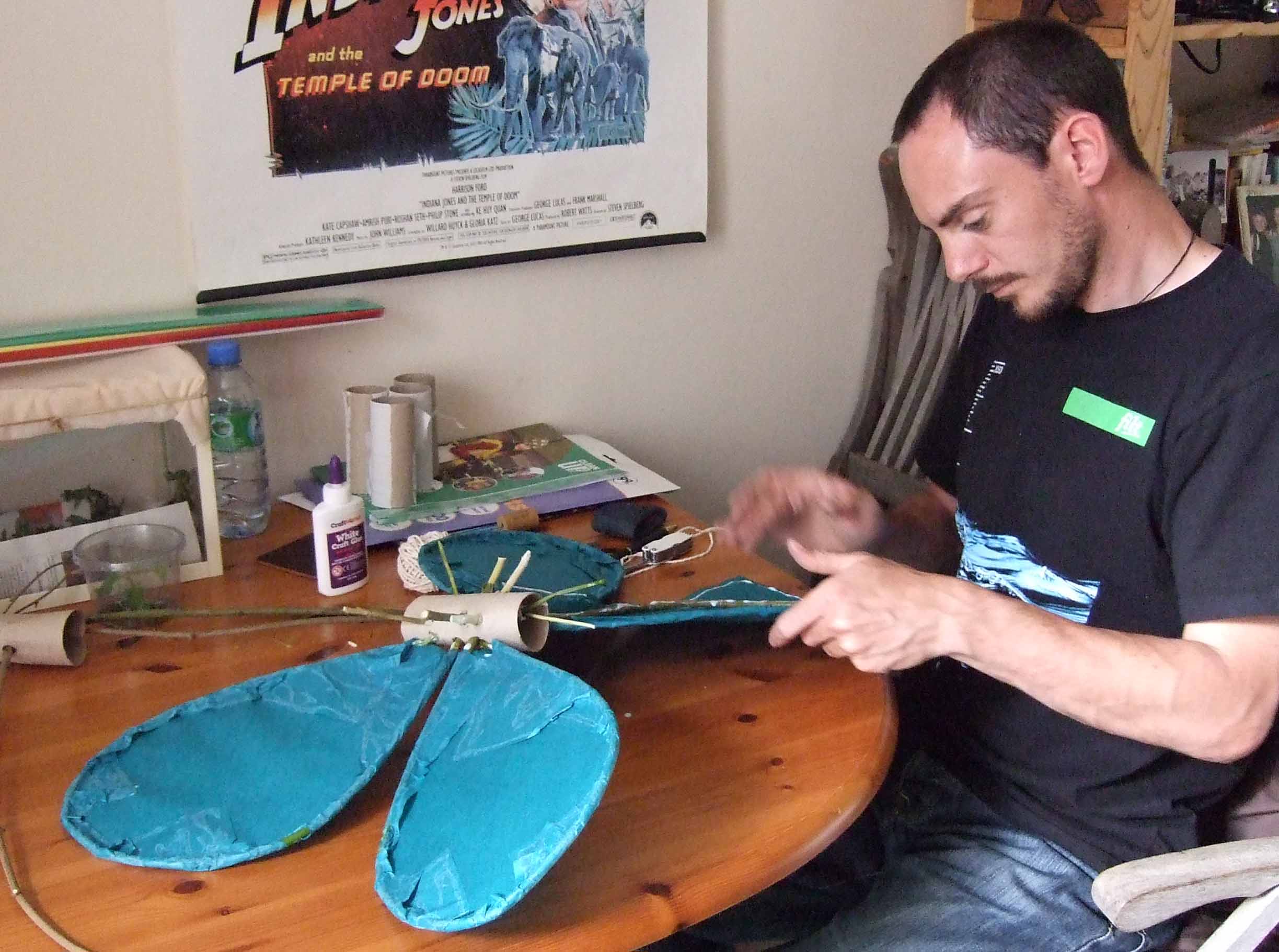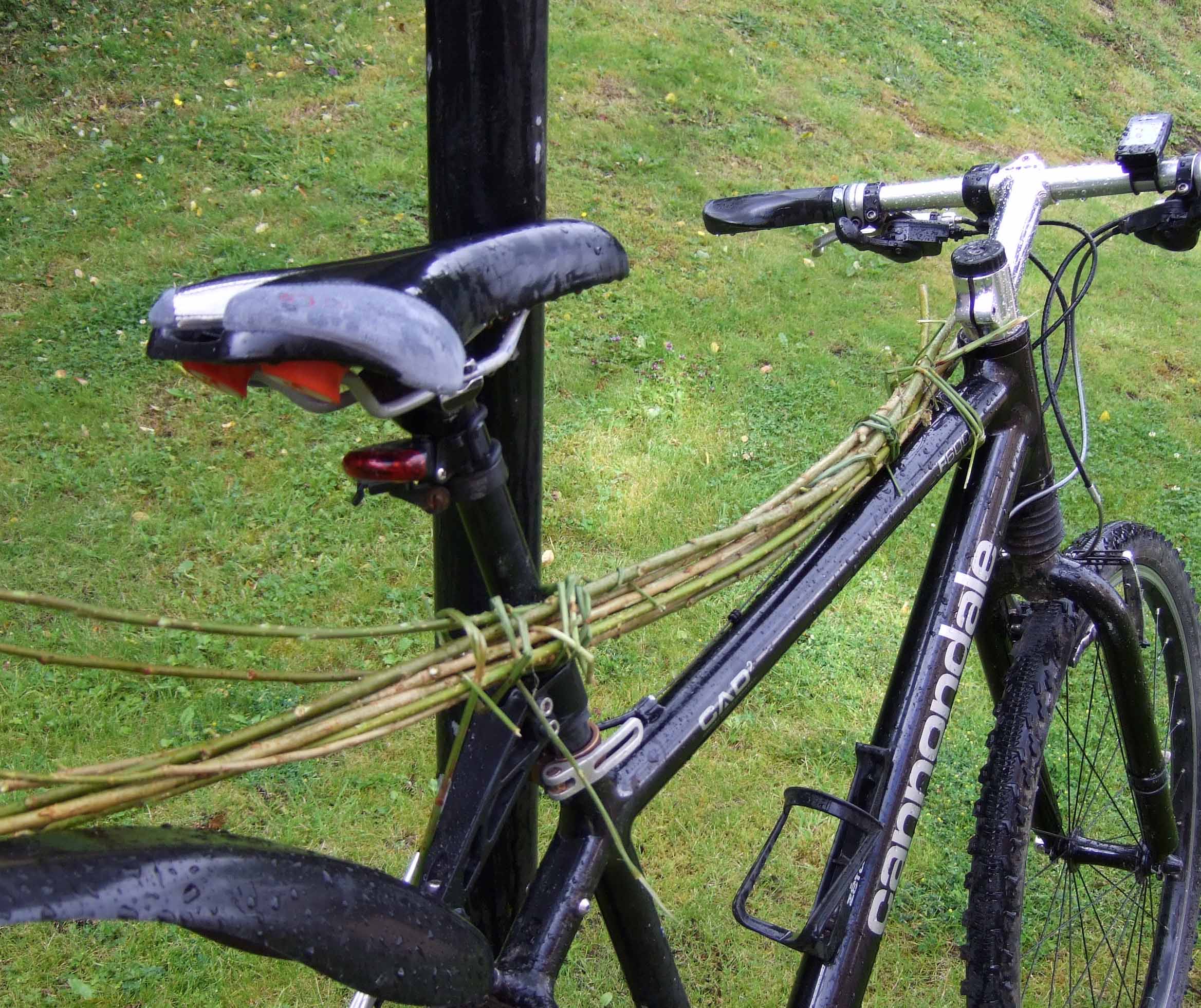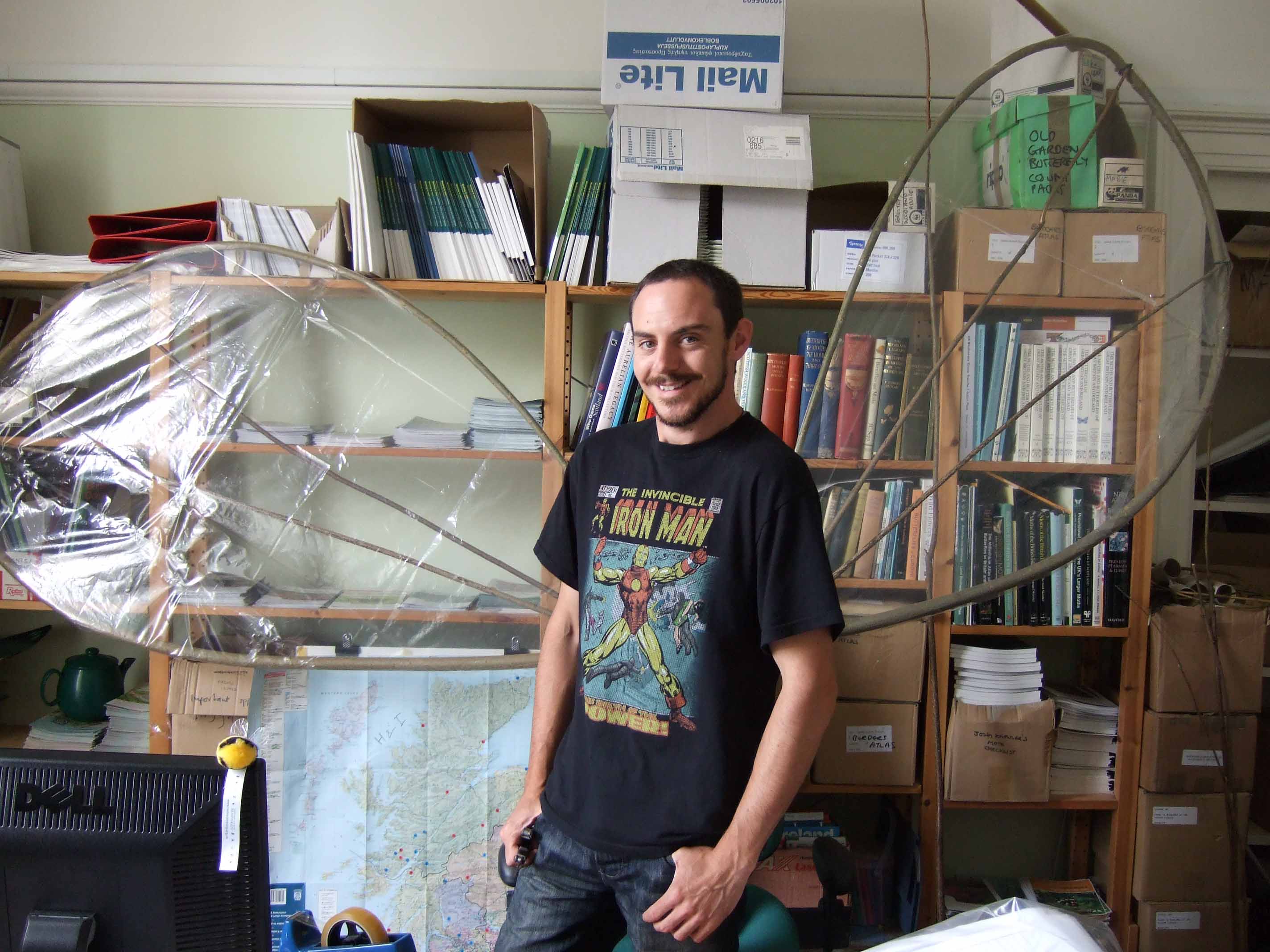It’s been a while since my last entry and I’ve done a great deal since then. There have been several training courses where I’ve brushed up on my knowledge of everything from flowers to rocky shores and learnt to ID lichens for the first time, they may not be a mighty Amazon hard wood, but they are still fascinating never the less.
I’ve had a return visit to Hidden Gardens in Glasgow to talk about migratory and hibernatory species of butterfly in Scotland and some from further a field, such as the Monarch, famous for its Central to North American migration. If you are in Glasgow, and get the chance, I really recommend a visit to the Hidden Gardens its a great example of how to attract wildlife of all kinds into your own garden (if you’re lucky enough to have one), it is full of flowers, vegetables, and habitat for wildlife, with some great volunteers and a lovely cafe.
After a drought of butterflies, mostly brought about by a lacklustre Scottish summer, I’ve finally seen some of the rarer butterfly species to be found in Scotland. The problem is that most butterflies only fly when the weather is warm, sunny and not too windy. This may go some way to explaining why only 33 species of butterfly can be found in Scotland. However, some species are found no where else in Britain, or Scotland is their UK stronghold. One such species with a stronghold in Scotland is the Northern Brown Argus, whose caterpillars feed on Rock Rose on base rich soils. I went searching for the diminutive butterfly with staff from SNH in July and am very pleased to say that we recorded two adults in an area that was known to support a colony in the Ochils near Stirling. It was quite a climb up the steep slopes of the Ochils to a site beneath precipitous crags where we also spotted Peregrin Falcons and a Red Kite.

Northern Brown Argus © Butterfly Conservation

Northern Brown Argus © Butterfly Conservation
My second butterfly triumph of the month was finally seeing a Large Heath Butterfly, like the Northern Brown Argus its stronghold is Scotland, where it is dependant on lowland raised peat bogs that support its caterpillar food plant, Hare’s tail cotton grass. It was apt that I saw the Large Heath at Wester Moss, as this is Butterfly Conservations third reserve in Scotland and the first specifically for the Large Heath Butterfly. It was also the day of Butterfly Conservation’s and Stirling Councils Bioblitz. It was a stunning, warm day and not only were many Large Heaths recorded but also Meadow Browns, Ringlets, Small Tortoiseshells, Red Admirals and Green Veined Whites. The Bioblitz was also a great success for Daisy Shephard BTCV Natural Talent Bog Apprentice who, with the help of David Pryce found the rare sun-jumper spider, Heliophanus dampfi, the identification of which was confirmed by Bug Life’s Chris Catherine http://www.bbc.co.uk/news/uk-scotland-tayside-central-14215583.

Large Heath picture taken by me

I’ve been experimenting with making willow withie butterflies culminating in the creation of a giant butterfly that went on display at Paisley Museum at an event that Florence Duncan-Antoine, another natural communities apprentice, organised. The pictures will follow shortly. I’ve been collecting willow from Bannock Burn and had to tie it to my bike using sorrel as I didn’t have any twine.

My first willow and tissue paper butterfly Bike with willow lashed to it using sorrel

Me with giant, transparent (at this stage) butterfly wings. The completed butterfly will feature shortly
In my spare time I’ve been filming Pine Martens with the help of Jane and Arthur Jones who have given me some top tips on where to find the rare, elusive and shy creatures. Three character traits that do not make for the easiest of animals to film, however, after many hours sat in my hide (my car) I’ve succeeded in getting two seven minute segments of two different individuals. And whilst waiting I’ve recorded hours of footage of Red Squirrels as a bonus.
